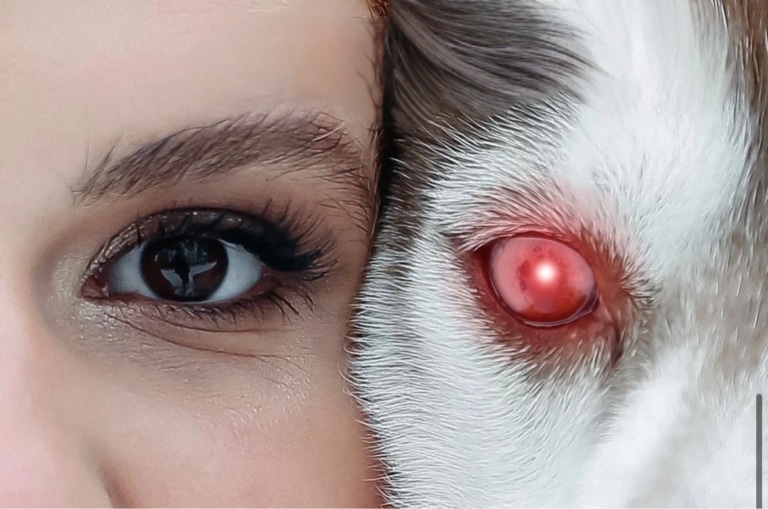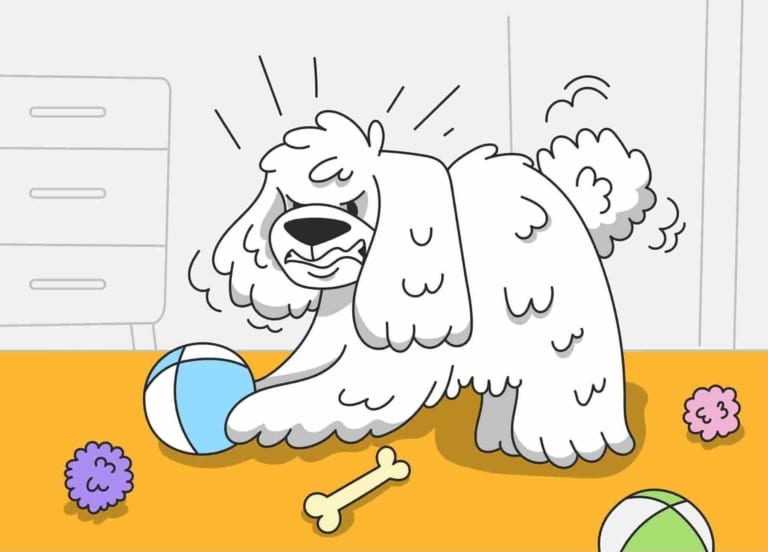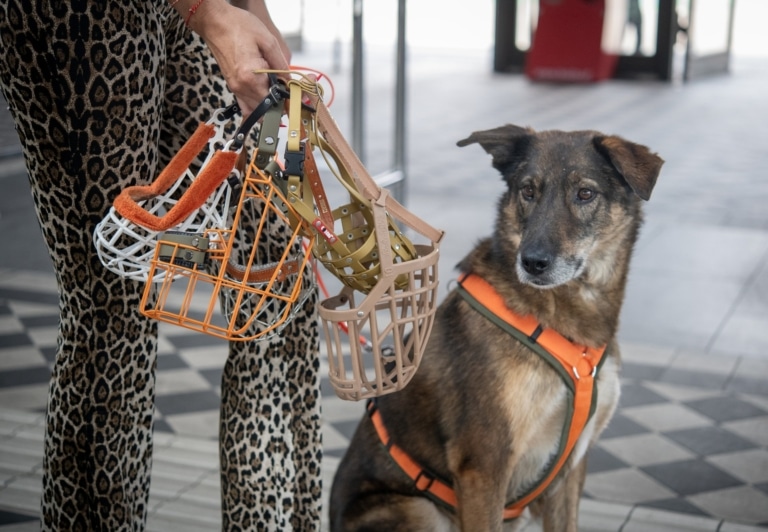The laser pointer for animals is a device that emits bright beams—red, green, or blue—that easily capture the attention of furry friends. The pointer is used to make the pet chase a light dot projected by the owner onto a wall or moved across the floor for the dog to follow.
In this article, we will help you determine whether using a laser pointer for pet play is a good idea and discuss the following points:
- Advantages of using a laser pointer.
- Negative effects of playing with a laser.
- Tips on how to use a laser safely without harming your pet.
- Alternative games for dogs.
Benefits of using a laser pointer for cats or dogs.
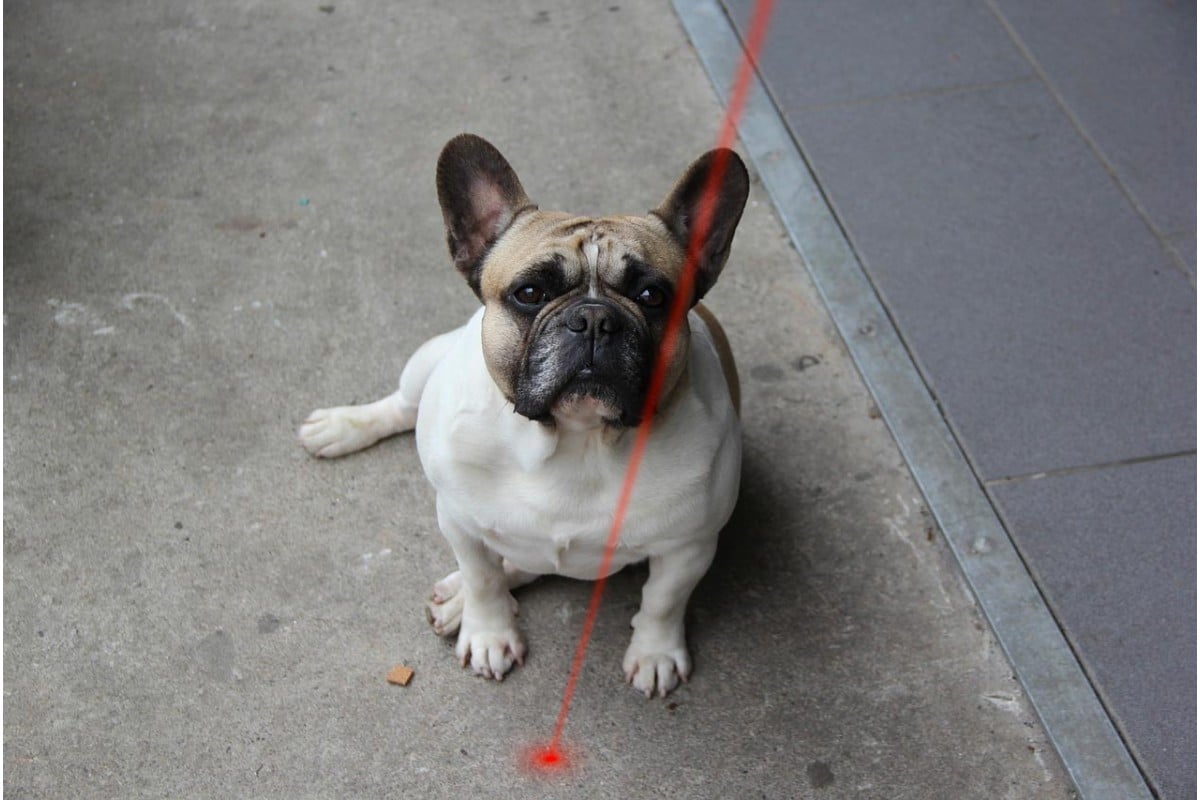
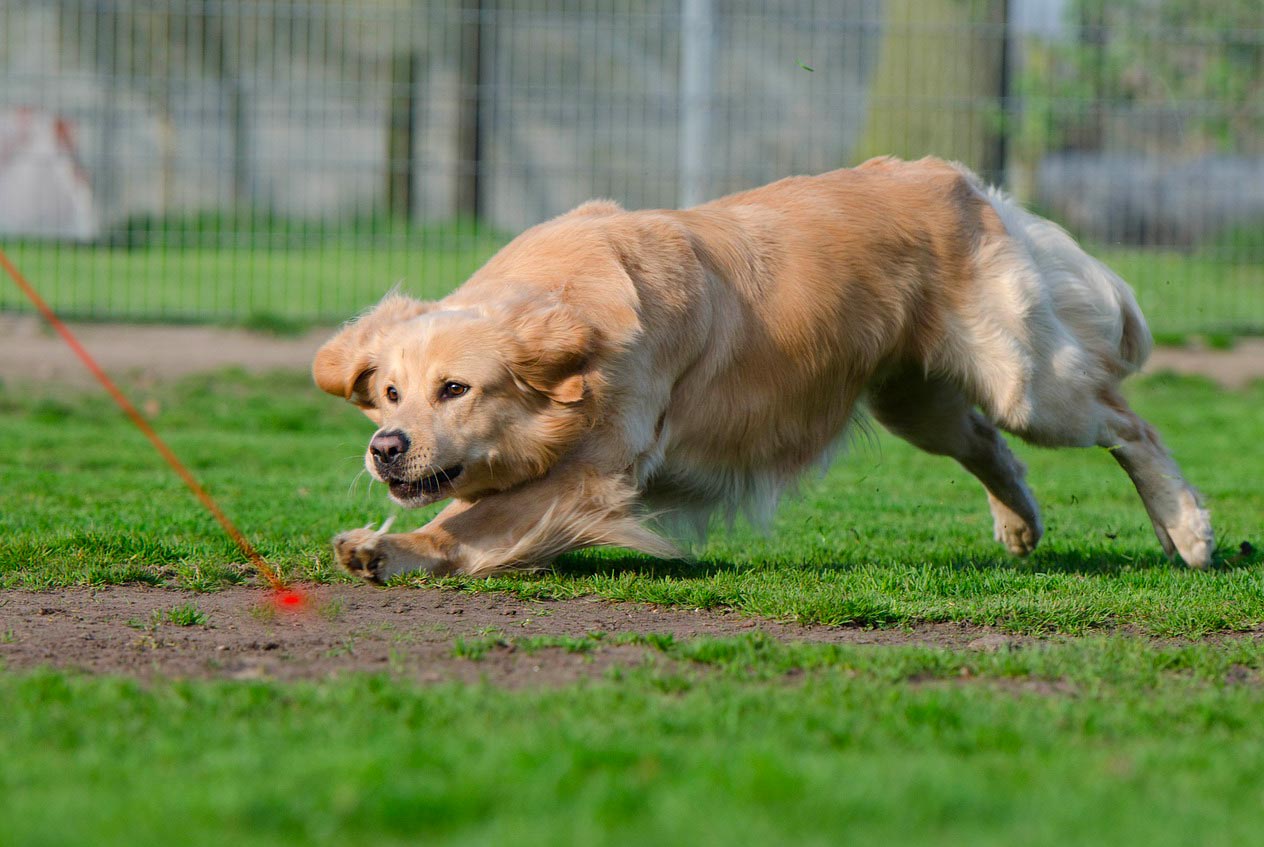
There aren’t many advantages to using a laser pointer. It is very engaging for pets, so they eagerly chase the moving light dot controlled by you. One of the biggest benefits for the owner is that it requires minimal effort—you simply press a button, and your cat or dog starts running after the laser light.
For dogs, however, it’s a physically intense activity. This game also helps improve a dog’s reaction speed, attentiveness, and observation skills. Additionally, laser pointers are sometimes used in training to guide dogs to specific locations, such as a door, bed, or food bowl, by directing the laser light in front of them.
Negative Effects of Playing with a Laser
The most significant downside of laser play is that it can cause anxiety, frustration, and behavioral issues. Frustration occurs when an animal’s efforts do not lead to the expected outcome.
When chasing the laser, a dog cannot physically catch it with its teeth or paws. This endless pursuit can create behavioral problems, especially in dogs, leading to stress and confusion. Moreover, your pet may lose trust in you because they receive no tangible reward from the game.
Another major concern is that laser pointers pose a risk to an animal’s eyesight. The intense light can cause serious eye damage, including retinal burns and temporary or permanent vision loss.
Tips for Using a Laser Safely
If you decide to use a laser pointer, it’s crucial to do so correctly to ensure it remains a fun and safe experience for your pet.
- A pet cannot physically grasp the laser, which can cause confusion and stress. To avoid this, direct the laser dot onto a toy or ball that the cat or dog can catch.
- Do not point the laser at walls or too high up, as this might cause your pet to miscalculate its movements and accidentally run into obstacles, leading to injuries.
- Limit laser playtime to no more than 10 minutes per session to prevent overstimulation.
- Pay attention to your dog’s behavior during and after play. If you notice signs of aggression, stress, or unusual behavioral changes, it’s best to stop using the laser for play altogether.
Can You Play with a Dog Using a Laser?
In general, playing with a laser pointer can be done, but only with extreme caution. This type of play has more risks than benefits and can cause both physical and psychological harm to your pet. The same applies to laser play with cats.
Alternative Games for Dogs
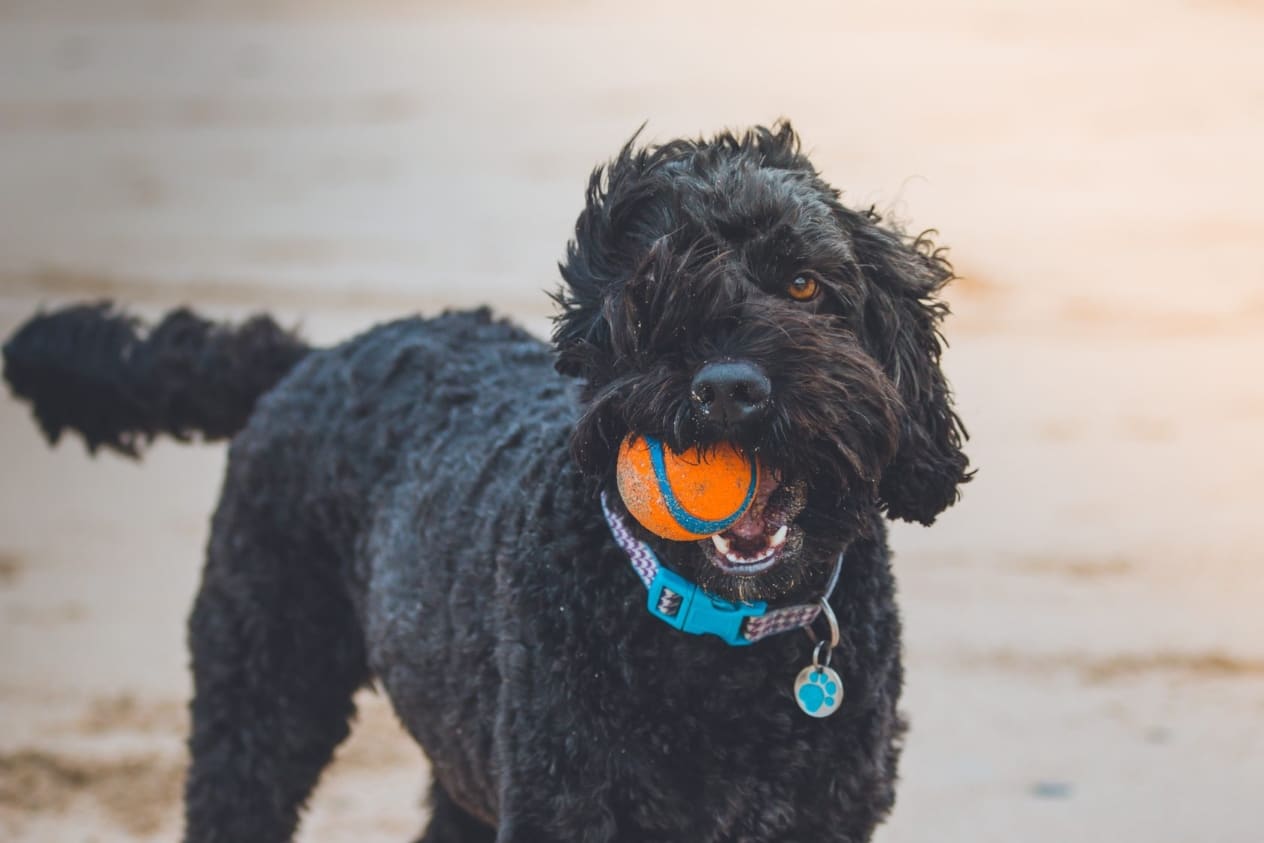
The best option is to use physical toys that entertain the intellect, strengthen health, and enhance interaction with the owner.
Playing with a ball or frisbee – This game perfectly combines physical activity and obedience training. The ball or frisbee needs to be thrown, and the dog chases it and brings it back. These games strengthen the bond between humans and dogs, as you work together during play.
Chasing a toy or stick – Throw the stick as far as possible and chase it together with your dog. This adds excitement and keeps the game engaging for your pet.
Food puzzles – These are intellectual games that stimulate the mind, improve the sense of smell, and enhance memory. A special toy with hidden treats inside encourages the dog to find a way to retrieve them by pressing buttons or spinning a disc with its paw. This game has multiple benefits: it keeps the dog’s brain active, reduces boredom, calms, and relieves stress.
Scent games – Hide a treat, call your dog, and give the command to find it. Once they do, praise them. This game greatly develops natural instincts, enhances their sense of smell, and strengthens food-searching skills, which are inherent to dogs.
Walks – Dogs require regular physical activity. To keep walks more exciting, change the route to expose your pet to new scents and experiences. Walk in areas with other dogs to support social skill development. If you cannot take your dog where other furry friends are present, consider a pet hotel or daycare, where they can get exercise and social interaction. Engaging with other dogs teaches them communication skills, such as how to behave in a group by observing and learning from others.
Training games – These involve the dog following commands such as “sit,” “lie down,” or learning new tricks. These games not only entertain but also develop discipline, endurance, and focus. Training should be engaging and enjoyable, so the dog remains eager to learn. A proper approach to training makes it more productive and effective.
Alternative Games for Cats
Unlike dogs, cats prefer games that stimulate their natural hunting instincts, agility, and intelligence. It is essential to consider their independence and desire to control the game.
Fishing rod toy – One of the most beloved games for cats. A rod with feathers, a small mouse, or ribbons mimics prey movements, encouraging active hunting. This game improves coordination, sharpens reflexes, and helps release excess energy.
Puzzle toys with treats – Cats enjoy challenges that reward them with food. Special puzzle toys that hide treats or kibble stimulate their cognitive activity and enhance their sense of smell. The cat must use its paw or nose to figure out how to retrieve the treat.
Hide and seek – Hide behind furniture or a door and call your cat. They will try to find you, enhancing their focus and hunting instinct. You can also hide their favorite toy or treat so they can search for it on their own.
Cardboard boxes and tunnels – Cats love exploring enclosed spaces. Setting up tunnels, boxes, or fabric hideouts creates the perfect environment for play, stalking, and surprise attacks.
Conclusion
Unfortunately, laser pointers have more negative effects than positive ones. Every pet owner should weigh the pros and cons of using a laser and decide whether it is truly necessary, as improper use can negatively impact their dog’s well-being. The choice is yours—some may prefer sitting on the couch pressing a laser button, while others enjoy the fresh air, making both themselves and their dog healthier and happier. A simple stick found outdoors can bring much more joy to your furry friend than a store-bought laser pointer.

